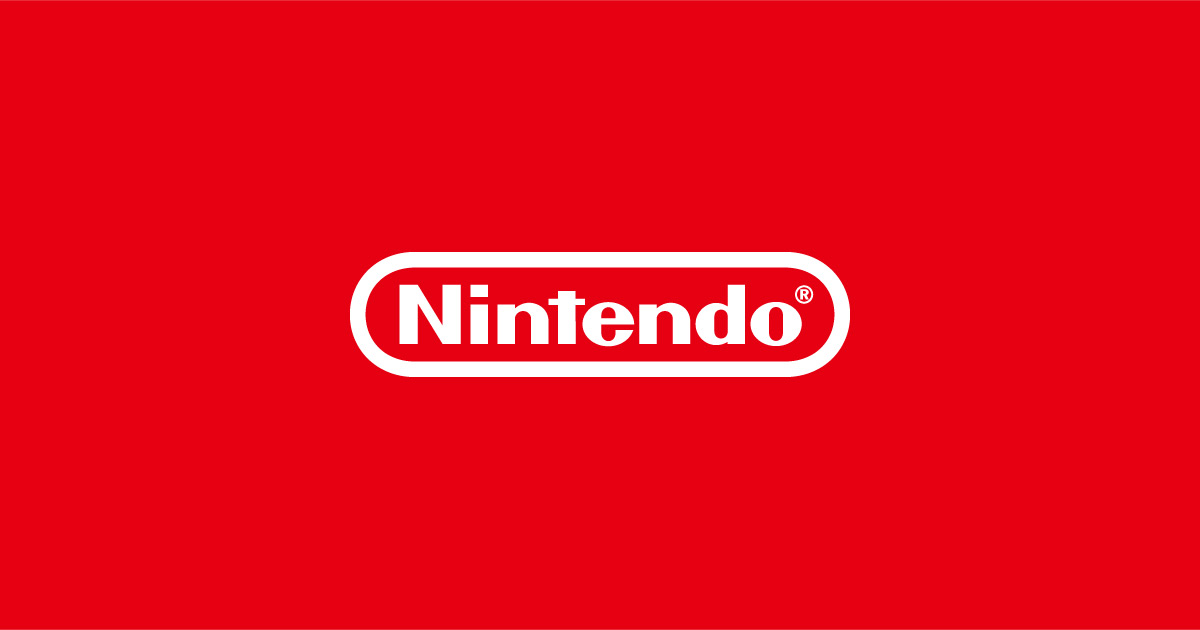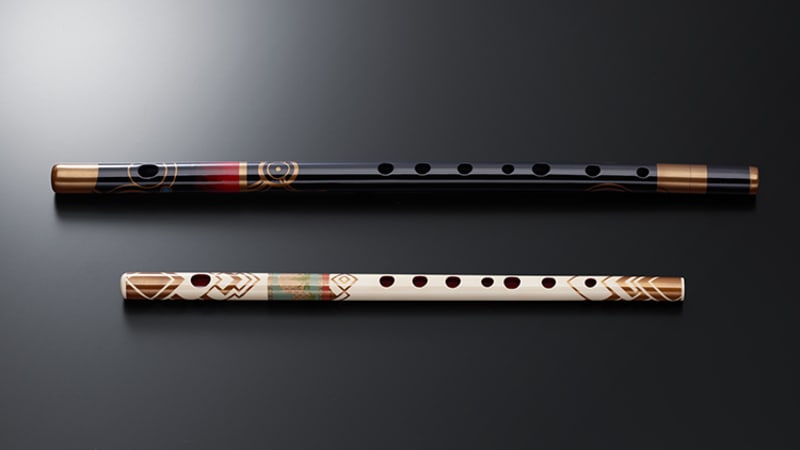Langes Entwicklerinterview:
Hear from the developers behind the Xenoblade Chronicles 3™ game for the Nintendo Switch™ system in this three-part article series on the Official Nintendo site.

www.nintendo.com
Hear from the developers behind the Xenoblade Chronicles 3™ game for the Nintendo Switch™ system in this three-part article series on the Official Nintendo site.

www.nintendo.com
........
If the setting of this title is linked to the first and second entries, does that mean that the story continues through all three titles?
Takahashi: No, the stories of one, two, and three all stand alone. Although some elements and designs from one and two will appear in this third entry here and there, there is no need to have played the first and second games to understand the story or how to play. However, since this is a series of works, the underlying theme is consistent, and in each case, the story unfolds based on "the relationship between foreign things." Also, I used the word "culmination" earlier, but this title brings together all the themes that have been developed over the past 15 years since 2007, when development of the first title in the
Xenoblade Chronicles series began, as well as the gameplay systems that have been developed throughout the series.
Yokota: So, by “culmination,” you don't mean that it brings closure to the series, but rather that it rounds out the trilogy thematically.
Takahashi: Yes, that’s right. I guess you can say that this is like a summary for moving on to the next step in the future.
I see. Now, I would like to dig deeper into this title's story—the “culmination” of the series. How does the story for Xenoblade Chronicles 3 begin?
Takahashi: This story's starting point is "unreasonable power.” The story itself begins on a battlefield.
There are two hostile nations, and for the young people living there, the world is a place where fighting is a part of everyday life. Then, young people from these two nations band together against this "
unreasonable power" that forces them to fight on a daily basis.The story is about how they, with their inherently different ideas, cultures, and histories, will resist this great power.
So, to fight against the “unreasonable power,” the two opposing forces will fight together as one.
Takahashi: Yes, that’s right. In creating my stories, I always try to portray the enemies in such a way that even a powerful enemy has their principles, justice, and righteousness so that we can partly sympathize with them.
That is why I have always tried to cast the enemy in an ambiguous light, rather than making it clear whether they are good or bad. By doing so, players can understand and immerse themselves in the enemy's perspective, and I think that is sometimes what makes the story interesting.
But this time, I wanted to depict it from a different angle. The reason is that I think "power" actually takes many forms, and that it is not about philosophy, justice, or righteousness, but more often, it is about something as simple as dignity or greed.
Takahashi: The first title is kind of like a straight-A student for me. The second one is not quite a straight-A student, but it has a much brighter and more lighthearted start...
For the third title, I wanted to stop being a goody two-shoes. It was a challenge when thinking about what kind of response I would get from people who had played the first and second titles, but one of this title's themes was "finding your new self and a new path toward the future," so I knew that I could not go back to the past or do the same thing again.
....
Die anderen 5 Charaktere spielen eine größere Rolle, er sieht es als 6 Maincharaktere mit eigenen Ansichten. Noah wurde als Philosoph erdacht, der in der Story mit Dingen konfrontiert wird die er durch seine eigene Logik nicht lösen kann.
Sie haben die Shinobue-Flöten für den Soundtrack selbst entworfen (1:1 wie im Spiel),
Kojima: We actually used these flutes for the recording, and the music we recorded can be heard in the game.
es gibt wohl gut 140 Tracks.
Der 2. Teil des Interviews beschäftigt sich vor allem mit der Musik, Charakterdesign, Modellierung und Artdirection, Motion Capure, Übergänge der Cutscenes und er entschuldigt sich bei Nintendos Debugging Firma. Klingt als haben sie einiges bei der Entwicklung gelernt was die Cutsceneübergänge anbelangt für zukünftige Titel.
Ich mochte den (im nachhinein) auch wenn er mich zur Verzweiflung brachte, da ich einen kleinen Seitengang übersehen habe und stundenlang suchte wie ich weiter nach unten komme

Dabei bin ich 20 mal an dem verf* Durchgang auf der rechten Seite vorbeigelaufen

Ansonsten gillt für den Seelentigel: Weglaufen ist keine Schande. Auch nutzen ein paar Gegner Stacheln, gegen die man Sachen ausrüsten kann.
Alles machbar und ich will es nicht missen, ein wahrlich gräßlicher Abgrund der tief unter die Erde/das Wasser führt. Doof dass man genervt wird, aber was solls, man hat zwei Beine um zu laufen, kann nach unten springen etc. Im Grunde wärs recht easy und schnell gegangen wenn ich den einen schmalen scheiß Seiteneingang nicht übersehen hätte....
Die Story danach ist nice, die Musik ist auch schön und beruhigend

:


 ) nie was speziell für die Switch eingestellt hab ^^
) nie was speziell für die Switch eingestellt hab ^^





 Dabei bin ich 20 mal an dem verf* Durchgang auf der rechten Seite vorbeigelaufen
Dabei bin ich 20 mal an dem verf* Durchgang auf der rechten Seite vorbeigelaufen  Ansonsten gillt für den Seelentigel: Weglaufen ist keine Schande. Auch nutzen ein paar Gegner Stacheln, gegen die man Sachen ausrüsten kann.
Ansonsten gillt für den Seelentigel: Weglaufen ist keine Schande. Auch nutzen ein paar Gegner Stacheln, gegen die man Sachen ausrüsten kann.



